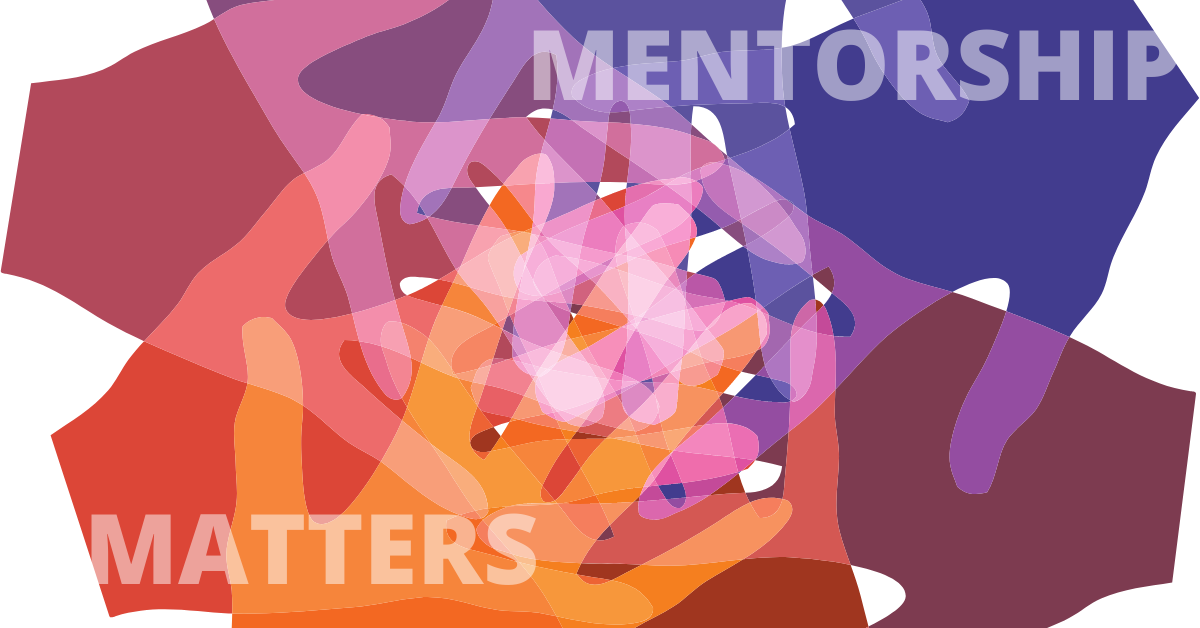Interviewee: Millicent Kiruki, Health Systems Researcher, LVCT Health
Interviewer: Casey Bishopp, Technical Officer, Science Facilitation, FHI 360
My colleagues and I were up for a challenge as we prepared for a 60-person, virtual HIV Prevention Ambassador Trainers’ Workshop with participants from Zimbabwe Health Interventions and FHI 360 Zimbabwe. This was our third iteration of the training, but it was by far the largest in terms of participants. For our virtual training to truly be effective, we knew we needed to bolster the information shared with meaningful discussions and support. That’s where the mentorship groups came into play.
By giving participants an opportunity each day to connect with a seasoned trainer and HIV Prevention Ambassador expert in a smaller setting, we encouraged open dialogue and fostered a comfortable, casual environment where participants could speak frankly and have their questions answered.
I sat down with Millicent Kiruki, a mentor and trainer from LVCT Health in Kenya, to get her thoughts on the mentorship component of our virtual workshop.
How did the mentorship groups make this training different from past trainings you’ve been a part of?
This was the first training I’ve been a part of that had a mentorship component. I loved it — it gave me an opportunity to form deeper connections with participants than when there’s only a large group.
I got to connect with an incredible group with many different backgrounds. It was a great experience to get to know them, including some of the areas they want to grow in. The mentorship idea was brilliant!
We love to hear that. What did you think about the way the groups were organized?
Having people in my group from different districts and countries was a good opportunity for them to be able to form networks with others who they might not be meeting throughout their normal working processes.
It was great being able to think through the activities, and good for my group to have a chance to learn not only from me and my experience in Kenya, where we’ve had some Ambassador trainings, but also from one another.
Some of the people in my group were willing to lead the team – we could reach out to them to become mentors as the network grows.
I liked the idea of having a fixed group throughout the training. The good thing about retaining the same people is that it normally takes a while for people to get used to each other and come out of their shells. Maintaining the same group throughout the five days helped to really build that safe space. It’s normal to feel uncertain meeting new people and to have insecurities with your skills, but by the time you meet the second time, people are more open and willing to be themselves. The provided guidance on how to create a safe space was helpful.
Do you have any plans to connect with your mentorship group? Have you been able to keep in touch at all?
We formed a connection and I felt we could continue to work together and continue the learning curve. I had the kind of people who were open to feedback – not just receiving but giving constructive feedback to others. Some of the people in my group have been active on Mighty Networks, and office hours will be a good opportunity to see who is interested in keeping in touch and continuing the learning.
I’d love for us to host a quarterly meeting / catch up to reinforce the topics in the training. WhatsApp is nice to keep in touch, but not as structured learning.
Based on your experience, what would you suggest for future trainings like this one? Would you keep the groups or change them in some way?
I got the feeling that most of the mentees are very busy people at work. The issue around self-care is one of the things we should follow up on. Self-care is such an important component, but we don’t seem to do enough to take care of ourselves. I know how easy it is to get burnt out in HIV prevention, because we are constantly giving — and it’s busy most of the time.
I wished we had more time with the mentorship group; the half hour felt short! Sometimes because of the poor internet connection, you’d barely get everything done. Perhaps we can stretch the mentorship groups to an hour so we have more time to interact and learn from each other.
This is the seventh blog post in a series on the design, development, implementation, and iterative processes of the interactive and virtual HIV Prevention Ambassador Trainers’ Workshop, led by the U.S. President’s Emergency Plan for AIDS Relief (PEPFAR)- and the United States Agency for International Development (USAID)-supported Collaborative for HIV Prevention Options to Control the Epidemic (CHOICE) through the terms of cooperative agreements of the EpiC and RISE projects. In this series, we share our experience and reflect honestly on the ups and downs of designing and delivering a comprehensive training virtually. Access the HIV Prevention Ambassador Trainers’ Workshop materials here.

